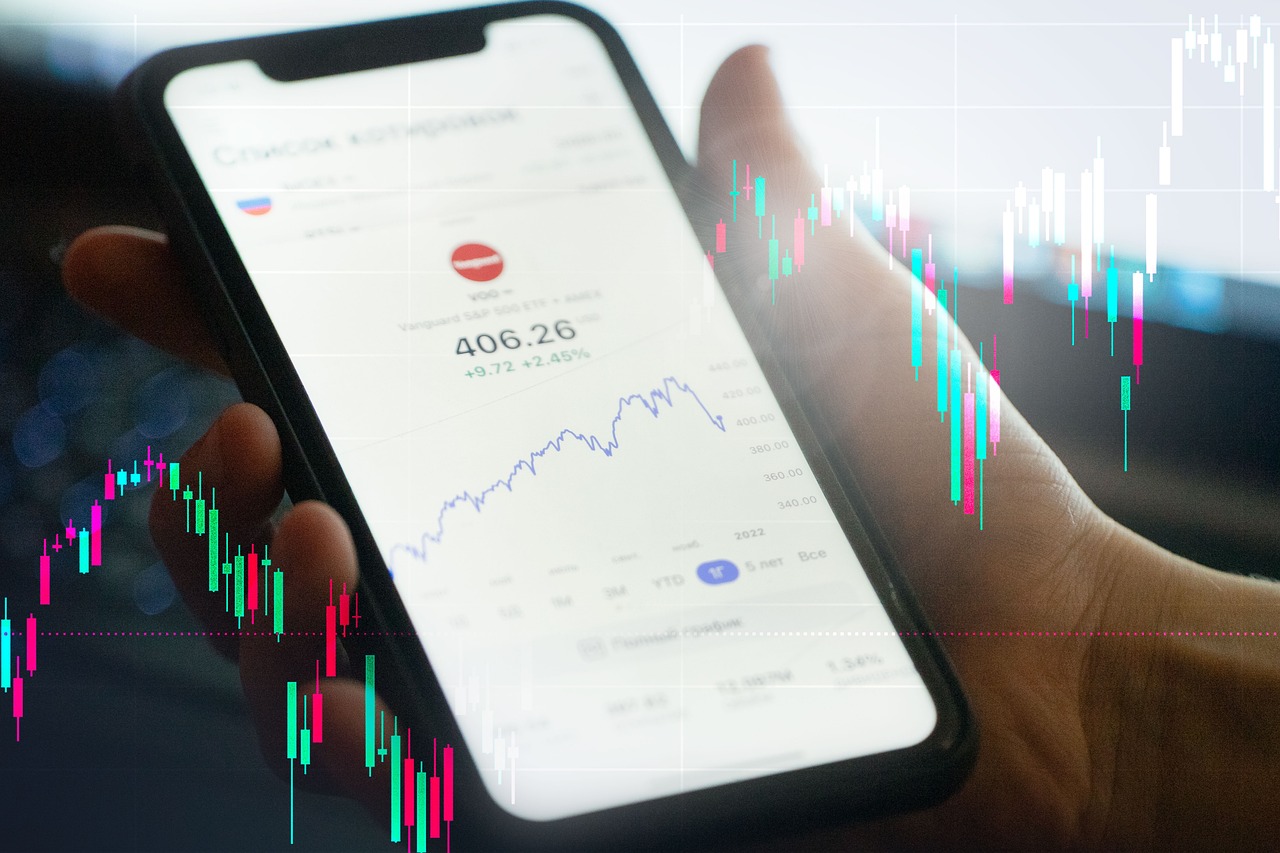
Understanding Recent S&P 500 Performance
The S&P 500 has surged 76 percent since hitting its bear market low on October 12, 2022, reaching an all-time high by July 3,
2025. This remarkable rally means that investors who consistently invested during 2022 and subsequent years, including 2023 and 2024, have seen substantial returns. For example, those who bought during market dips in March and April 2025 benefited from lower entry points, amplifying gains. Such data underlines the importance of steady investment strategies through volatile periods.
Timing Investments During Market Peaks
Despite the strong performance, investors may hesitate to add capital as the index sits at record highs amid global uncertainties. Trade policy tensions and conflicts in the Middle East and Europe contribute to fears of an impending bear market. Historical data shows that trying to time the market peak often leads to missed opportunities. For instance, investors who paused contributions around the 2022-2025 rally missed out on the S&P 500’s 76 percent gain. This highlights the risk of waiting for a perfect entry point in a rising market.

Planning a Diversified Portfolio Over Time
To build a diversified portfolio, begin by allocating assets across stocks, bonds, and other classes to balance risk and reward. Given the S&P 500’s volatility during 2022-2025, diversifying reduces exposure to sudden downturns. A practical timeline involves quarterly portfolio reviews to rebalance holdings, ensuring alignment with long-term goals. For example, shifting 5 to 10 percent from equities to bonds after significant market gains can lock in profits and reduce downside risk.
Using Dollar
Using Dollar-Cost Averaging to Manage Risk. Dollar-cost averaging (DCA) is a data-driven approach to mitigate timing risks by investing fixed amounts regularly. Investors who applied DCA from 2022 through 2025 effectively lowered their average purchase price despite market fluctuations. According to market analyses, DCA into the S&P 500 during this period yielded returns close to the 76 percent overall increase, reducing stress over market timing. Implementing DCA with monthly or quarterly contributions supports steady portfolio growth.
Adjusting Strategies Based on Global Risks
Given ongoing geopolitical risks, such as conflicts in Europe and the Middle East, it is critical to integrate risk management into portfolio planning. Allocating a portion of assets to defensive sectors or international bonds can provide a buffer. For example, including 15 to 20 percent in government bonds or gold historically lowers portfolio volatility during crises. Monitoring global developments quarterly allows timely adjustments, preserving capital while capturing growth.

Setting Realistic Expectations for Future Returns
After a 76 percent rally, future returns may moderate, and volatility may increase. Historical S&P 500 data shows that after multi-year rallies, average annual returns often normalize to 7-10 percent. Planning for this scenario means setting realistic goals and maintaining discipline. Investors should avoid chasing gains at market peaks and instead focus on consistent investing, rebalancing, and diversification to navigate the evolving market landscape under the current U. S. administration led by President Donald Trump.